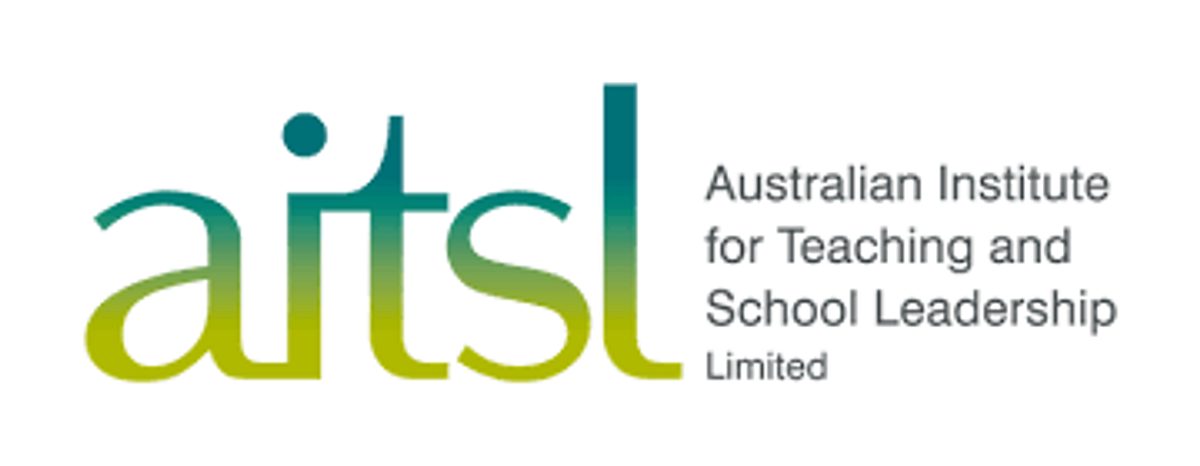
The Australian Professional Standards for Teachers (Teacher Standards) is represented with seven standards of teaching on a gradient from graduate, proficient, highly accomplished and lead in terms of the quality of teaching and their professional practice.
The Teaching & Learning Toolkit can help teachers as they consider approaches for the classroom across the seven standards. Use the links below to access the Toolkit approaches mapped to each element.
1.1 Physical, social and intellectual development and characteristics of students
1.2 Understand how students learn
1.3 Students with diverse linguistic, cultural, religious and socioeconomic backgrounds
1.4 Strategies for teaching Aboriginal and Torres Strait Islander students
1.5 Differentiate teaching to meet the specific learning needs of students across the full range of abilities
1.6 Strategies to support full participation of students with disability
Collaborative learning approaches
Feedback
Individualised instruction
Mastery learning
Metacognition and self-regulation
Social and emotional learning
2.1 Content and teaching strategies of the teaching area
2.2 Content selection and organisation
2.3 Curriculum, assessment and reporting
2.4 Understand and respect Aboriginal and Torres Strait Islander people to promote reconciliation between Indigenous and non-Indigenous Australians
2.5 Literacy and numeracy strategies
2.6 Information and Communication Technology (ICT)
Arts participation
Metacognition and self-regulation
Oral language interventions
Phonics
Reading comprehension strategies
3.1 Establish challenging learning goals
3.2 Plan, structure and sequence learning programs
3.3 Use teaching strategies
3.4 Select and use resources
3.5 Use effective classroom communication
3.6 Evaluate and improve teaching programs
3.7 Engage parents / carers in the educative process
Collaborative learning approaches
Feedback
Mastery learning
Metacognition and self-regulation
One to one tuition
Parental engagement
Peer tutoring
Small group tuition
Teaching Assistant Interventions
Within-class achievement grouping
4.1 Support student participation
4.2 Manage classroom activities
4.3 Manage challenging behaviour
4.4 Maintain student safety
4.5 Use ICT safely, responsibly and ethically
Behaviour interventions
Metacognition and self-regulation
Social and emotional learning
5.1 Assess student learning
5.2 Provide feedback to students on their learning
5.3 Make consistent and comparable judgements
5.4 Interpret student data
5.5 Report on student achievement
Feedback
Homework
Parental engagement
6.1 Identify and plan professional learning needs
6.2 Engage in professional learning and improve practice
6.3 Engage with colleagues and improve practice
6.4 Apply professional learning and improve student learning
Feedback
7.1 Meet professional ethics and responsibilities
7.2 Comply with legislative, administrative and organisational requirements
7.3 Engage with the parents/carers
7.4 Engage with professional teaching networks and broader communities